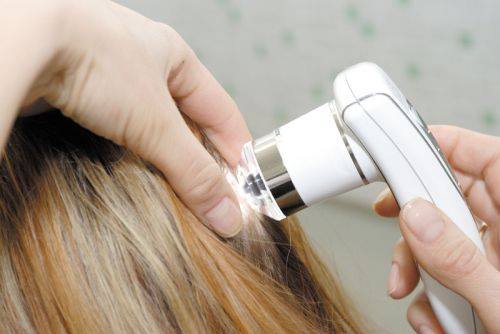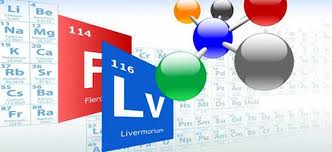local_phone
How is a diagnosis reached in problems of hair loss and the scalp’s skin?
Even before an examination of hair and scalp skin, a thorough discussion is held with the patient addressing many questions and details: complaints, length of the disease, properties of its progression, its dynamics, the examination of analogous family history (primarily on the mother’s side), stressors, concurrent illnesses, chronic ailments, medications taken, nutritional habits, etc. This is followed by a topical examination. In cases of androgenic baldness, for example, we have sample pictures of typical baldness patterns. This is also the case with other problems concerning hair and scalp skin – general examination, as well as examination of the bald area, and notice of any abnormal tendencies (underlying skin diseases, problems with fingernails, eyelashes or eyebrows, the existence of hirsutism signs of rash, the characteristics of hair (its oiliness-dryness, ends and roots). After all this, we can place a primarily accurate diagnosis.
computer microscopics

Next, we begin instrumental diagnosis – computer microscopics. A video camera connected to a computer magnifies the images visible in the microscope several times, and transmits them to a monitor. This makes the computer diagnosis effective and popular. The patient has the chance to personally asses the problems of his or her hair. This is quite practical, since in the process of diagnosis the computer saves images of your problem hairs. Since the treatment of hair requires time, this process can be periodically controlled under the microscope. In this manner, computer diagnostics allows you to participate in the process of diagnosis itself and visually monitor improvements. The microscopic picture provides much important information about the condition of the hair bulb, the functioning of the sebaceous gland, the surface of the hair shaft, and much more. In many ways, a lot can be determined about an individual from microscopic examination, as well as events undergone in recent months. Another important moment in the diagnosis of hair diseases, especially in cases of severe hair loss, is the trichogram – the harvesting of a few dozens (ideally, about 100) hairs and their examination under a microscope to determine the percentage of hairs located in the various stages of hair development (anagen, catagen, telogen). By comparing the obtained results with normal ones, it is possible to determine the condition of your hair. For example, in androgenic alopecia, there is observed a significant increase (up to 30% and higher) in the amount of hair in the telagen stage. Almost always, the trichologist will need your complete hormonal and immunological profile – thyroid gland hormones, a widened scope of gender hormones, feritin, transferin, a 24-hour analysis of urine for androgens, indicators of cell and humeral immunity. Without these analyses, it is impossible to place a precise diagnosis. Moreover, it is important to obtain numbers indicating the degree of baldness and determining the details and course of treatment. Often, we recommend patients to be examined for microelements, as in case of their unbalance in the human organism (and hair is the best indication of this) it will be difficult to reach a result without compensation for such problems. For the conduction of this analysis, several thin strands are removed (3-4cm) from the rear part of the head close to the neck.
In difficult cases, additional methods of diagnosis and consultations with specialists must be employed, since without examining the underlying causes it is doubtful that success in treatment can be achieved. The most important step is for the doctor and the patient to reach a high level of mental contact, cooperation, patience, mutual trust and desire to see positive results – then success will surely be attained.
Hair spectral analyses on microelements
is a research concerning the human mineral profile via hair microelements and their concentration? During the whole growth period hair can collect information on the organism’s mineral metabolism. It mirrors the organism’s mineral deficit or surplus. With the research results we can set susceptibility to illness, its prophylaxis and treatment. The hair follicle (root) does not have nutrition from outer world, its “building” material (food) comes from organism, its blood and then localizes in the hair. That’s why the human hair “records” information on the body’s mineral deficit, pollution with hard toxic elements or metabolism.
Using spectrogramm we can define a quantity of 20-40 microelements of the Mendeleev system.



